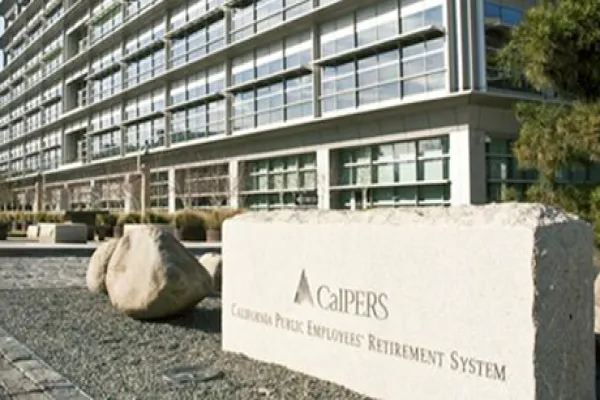For years, the so-called Yale model of investing has served endowments well. But the coronavirus pandemic has challenged the way universities do business and put pressure on fundraising — all while the market has reached extreme levels of volatility.
“When we look at that model, it’s obviously served higher education clients over time because it’s paid to take risk, and they do have fairly high spending rates,” said Andy Daly, managing director and investment strategist at SEI Investments Company.
But, he added, things are changing at universities.
Recently published data from the Alpha Nasdaq OCIO indexes shows that endowment and foundation OCIO clients lost 6.43 percent on average for the one-year period ending March 31, underperforming a simple 60/40 benchmark.
And recent research from EnnisKnupp, set to be published in the Journal of Portfolio Management, shows that hedge funds, private equity, and other alternative assets — all of which play starring roles in Yale-style endowment portfolios — don’t protect investors during times of crisis, Institutional Investor previously reported.
“We think that a lot of organizations are going to have to really rethink that model,” Daly said by phone Wednesday.
Daly added that SEI’s 30 higher education endowment clients are starting to think about where they should go from here. Jim Dunn, chief executive officer and chief investment officer at Verger Capital, said that some of Verger’s clients are also rethinking how they invest.
“For some clients, it’s changing how they think about risk and their portfolios at the highest level,” Dunn said by phone Thursday. “Other clients are back to their old ways. There are two different mentalities. It depends on how your business model is being stressed.”
One thing that SEI is focusing on is taking a look at what portion of assets in an endowment can be used to fund an operating deficit, Daly said. For those assets, an endowment may consider keeping them liquid, even if that risks long-term returns, Daly said.
But according to Dunn, this may not be the best route for an endowment to take.
“If you put a bunch of your assets in cash, you’re not going to meet your future needs,” Dunn said by phone. “You have to preserve capital, but you have to build it too.”
Another option? Daly said these endowments could look at putting 10 to 15 percent of their assets into cash as a “rainy day” account.
An endowment could also take a look at the types of asset pools it has available, Daly said. Some assets are restricted, which means they can be used for one specific purpose, like scholarships or a new athletic building. Others don’t have those restrictions. An endowment can use that information to decide what percentage of assets to put in risky investments versus cash, Daly said.
[II Deep Dive: David Swensen Is Great for Yale. Is He Horrible for Investing?]
Daly added that for some endowments, a tail-risk hedge, although pricey, could be worth it.
According to Dunn, Verger Capital has a lower-volatility strategy involving hedging for some of its clients. That strategy underperformed its more volatile peers for seven years, Dunn said. In January and February, as the markets got frothier, the firm kept its hedges on and cashed out in March, when the assets were worth eight times their January value, Dunn said.
“They're thinking about balance sheets holistically,” Dunn said of the firm’s clients. “For some, it's not about maximizing their return anymore, it’s about preserving capital at this point.”







